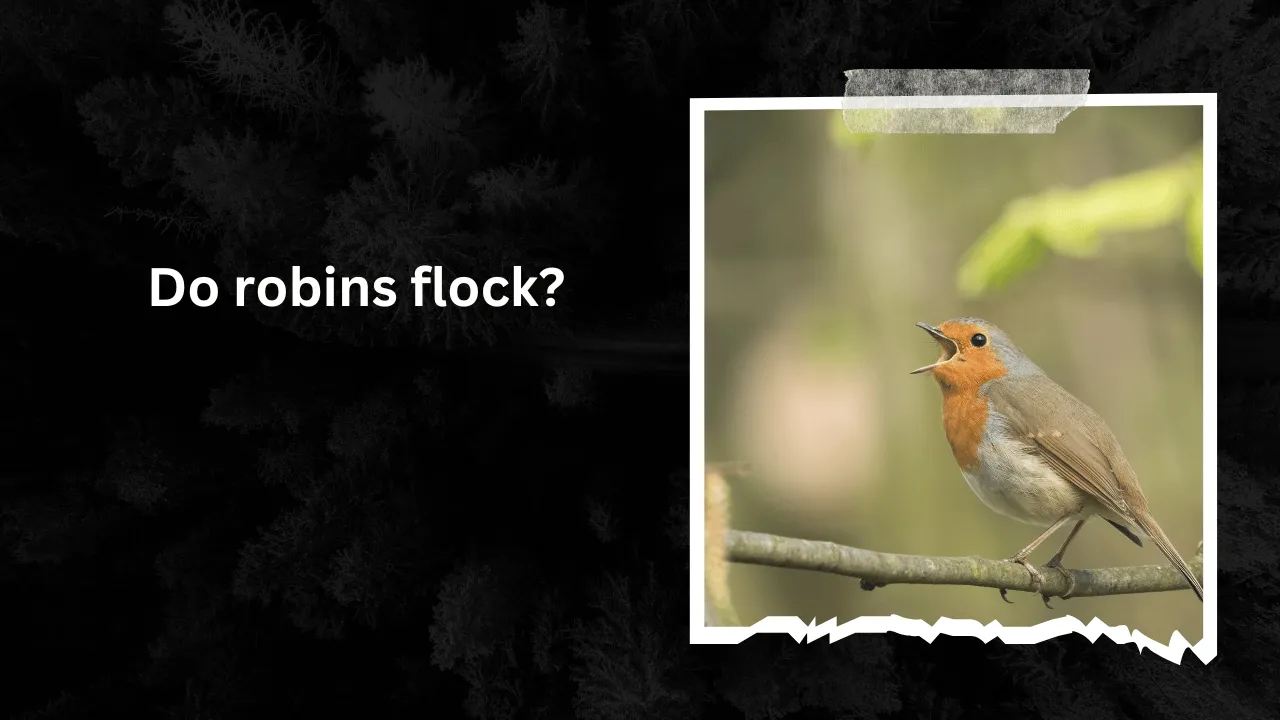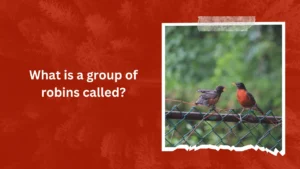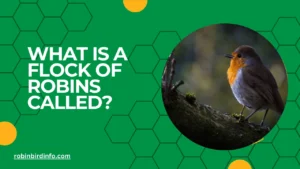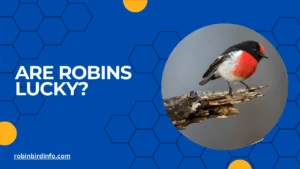We all know the cheerful chirp of a Robin perched on a branch, a welcome sign of spring.
But have you ever witnessed a group of Robins seemingly flying in perfect formation across the sky? This social behavior might surprise you. Unlike their solitary reputation during breeding season, Robins exhibit a fascinating social side, particularly during migration and winter.
This blog post dives deeper into the world of Robin flocks. We’ll explore the surprising truth about their social lives, going beyond the image of the lone Robin. We’ll delve into the reasons why Robins flock together, the benefits they gain from this behavior, and the challenges they face as social birds.
So, grab a cup of coffee and get ready to see Robins in a whole new light. You might be surprised to learn that these backyard visitors have a hidden social butterfly lurking beneath their red-breasted exteriors!
Contents
Solitary vs. Flocking Behavior
During the breeding season, Robins are typically solitary. They establish territories and defend their nests aggressively. However, outside of the breeding season, they can form large flocks, especially during migration and winter.
Flocking behavior offers several advantages for Robins. By joining forces, they can increase their vigilance against predators, improve their foraging efficiency, and learn from each other.
Migration and Flocking
Many Robin populations migrate south for the winter, often forming large flocks during their journey. These flocks can consist of thousands of birds, flying together in loose formations. Flocking during migration helps Robins navigate long distances, find food sources, and conserve energy.
Migrating Robins face numerous challenges, including adverse weather conditions, food scarcity, and predation. By flying in flocks, they can reduce the risk of predation and increase their chances of survival.
Winter Flocking
In winter, Robins often form large winter roosts. These roosts provide warmth and safety, allowing birds to conserve energy during cold nights.
Within winter flocks, Robins engage in various social interactions, such as preening and allopreening. These social behaviors help to strengthen social bonds and maintain group cohesion.
Harsh winter conditions, such as extreme cold and heavy snowfall, can significantly impact the size and composition of winter flocks. In severe winters, some Robins may migrate further south or perish, leading to smaller flocks.
The Role of Habitat and Food Availability
The availability of suitable habitat and food resources can influence Robin flocking behavior. In areas with abundant food and shelter, Robins may be more solitary, while in areas with limited resources, they may form larger flocks.
Food availability is a critical factor affecting flocking behavior. During periods of food scarcity, Robins may form larger flocks to increase their foraging efficiency. Competition for food within flocks can lead to aggressive interactions and dominance hierarchies.
Conservation Implications
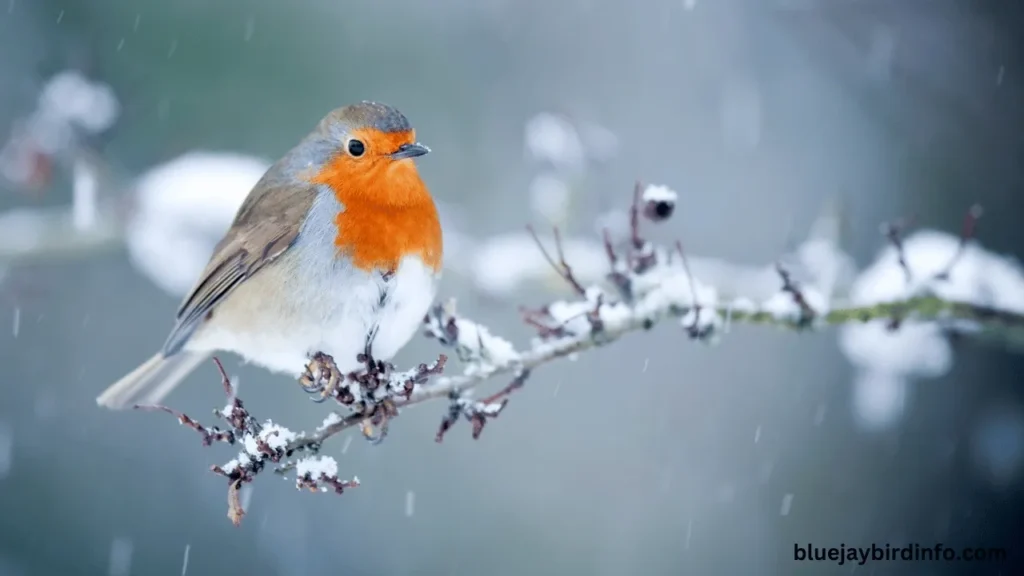
Habitat loss and fragmentation can negatively impact Robin populations and their ability to form flocks. By protecting and restoring natural habitats, we can provide essential resources for Robins and other bird species.
Climate change can also affect Robin migration patterns and wintering behavior. As temperatures rise and weather patterns change, Robins may need to adapt their migration strategies to survive.
Human activities, such as urbanization and pesticide use, can further threaten Robin populations. By minimizing our impact on the environment and promoting sustainable practices, we can help ensure the long-term survival of these fascinating birds.
Conclusion
While Robins are often solitary birds, they can form large flocks, especially during migration and winter.
Flocking behavior offers several advantages, including increased safety, improved foraging efficiency, and social benefits.
By understanding the factors that influence Robin flocking behavior and the challenges they face, we can appreciate these birds even more and take steps to protect their habitats.
FAQ’s
Why do Robins flock together?
Robins often flock together for several reasons, including increased safety in numbers, improved foraging efficiency, and social warmth during cold winter months.
When do Robins typically form flocks?
Robins often form flocks during migration and winter. During the breeding season, they are more territorial and solitary.
Where do Robins typically flock to during the winter?
The specific location of wintering flocks can vary depending on weather conditions and food availability. However, many Robins migrate to warmer regions, such as the southern United States, Mexico, and Central America.
How large can Robin flocks be?
Robin flocks can vary in size, ranging from a few dozen to thousands of birds. The size of a flock often depends on factors such as food availability, weather conditions, and the overall population of Robins in a particular region.
Do Robins migrate in flocks?
Yes, Robins often migrate in large flocks, which can help them navigate long distances and find suitable wintering grounds.
How do Robins communicate within a flock?
Robins communicate with each other through a variety of vocalizations, including songs and calls. They also use body language and visual cues to convey information about food sources, predators, and potential mates.

